
The 1990s were a time of bold experimentation in technology and design. As companies scrambled to predict the future, they unveiled products that often made more sense on paper than in practice. Some were ahead of their time, others were downright baffling, and many were doomed by poor execution. From gadgets no one asked for to ideas that never quite found their audience, these inventions were left behind in the decade that birthed them. Let’s revisit the strange and wonderful creations from the 90s that never caught on.

Before the iPod revolutionized music, there were HitClips, tiny cartridges that played 60-second snippets of songs through a miniature player. Marketed to kids, they were more a novelty than a practical way to enjoy music. Who wanted to carry around a collection of keychain-sized songs when CDs were right there? Though they had a brief moment of popularity, HitClips were quickly eclipsed by MP3 players, leaving us to wonder why anyone thought a device that only played part of a song was a good idea.
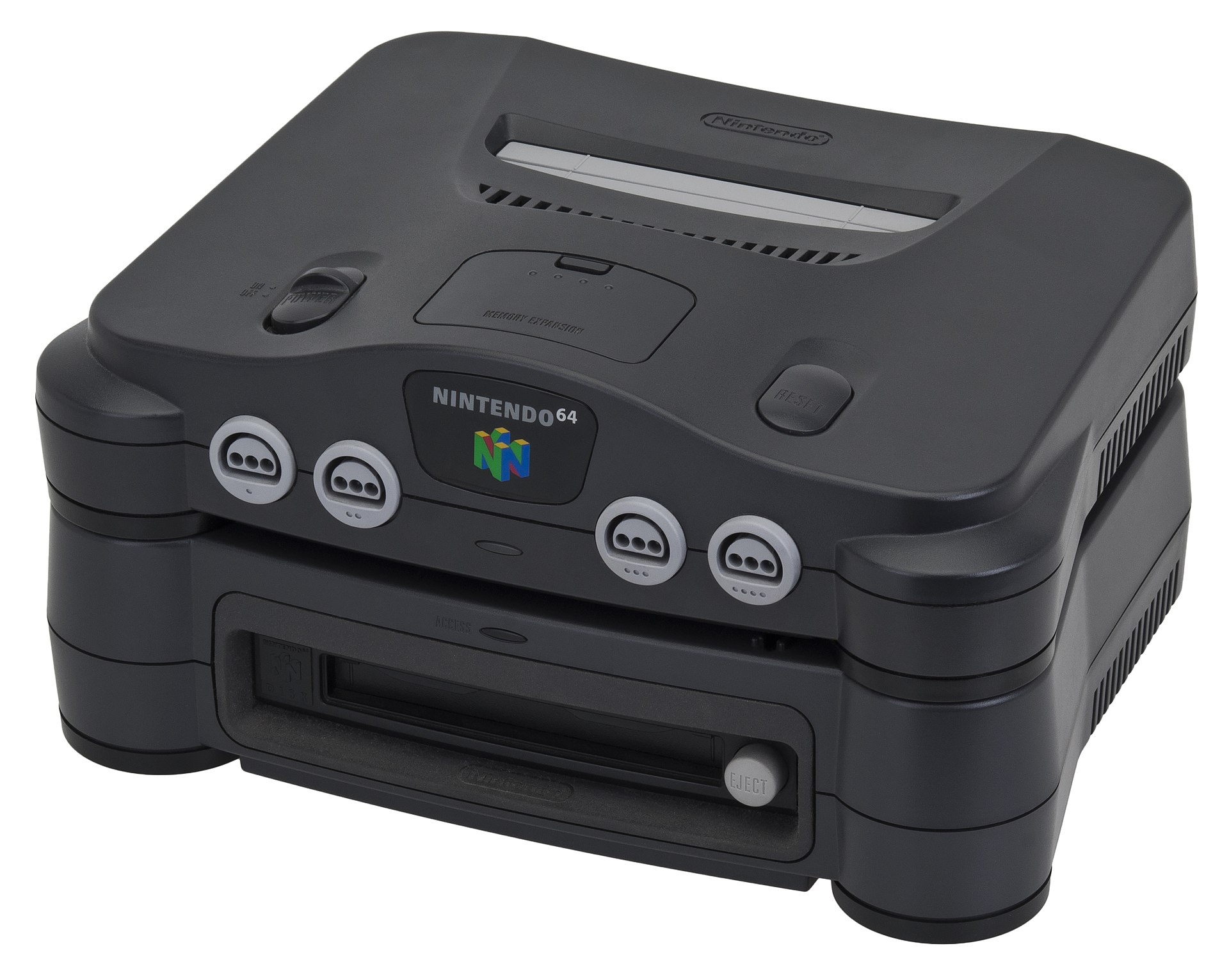
The Nintendo 64DD was supposed to revolutionize gaming by adding disk-based storage to the N64, allowing for bigger, more dynamic games. Instead, the bulky add-on launched late, had limited support, and failed to capture consumer interest. By the time it hit the Japanese market, CD-ROM-based systems like the PlayStation were dominating. The 64DD quietly faded into obscurity, leaving behind only a handful of quirky games and a lot of questions about Nintendo’s strategy.

Virtual reality might be thriving today, but Sony’s Glasstron was an awkward first step into the world of head-mounted displays. The bulky headset offered a personal viewing experience for movies and games but left users with neck pain and headaches instead of immersion. At $899, it was prohibitively expensive, and its lack of compelling content made it a tough sell. While the Glasstron didn’t catch on, it paved the way for today’s VR technology—albeit with a lot of missteps along the way.

The original Bop It was already a chaotic, button-mashing frenzy, but its 1998 sequel took things to the next level with more actions, faster speeds, and increased anxiety. While it was a hit with kids who enjoyed the adrenaline rush, many parents found the shrill commands unbearable. Bop It Extreme may not have faded entirely, but its frenetic gameplay ensured it was more of a novelty than a lasting classic.
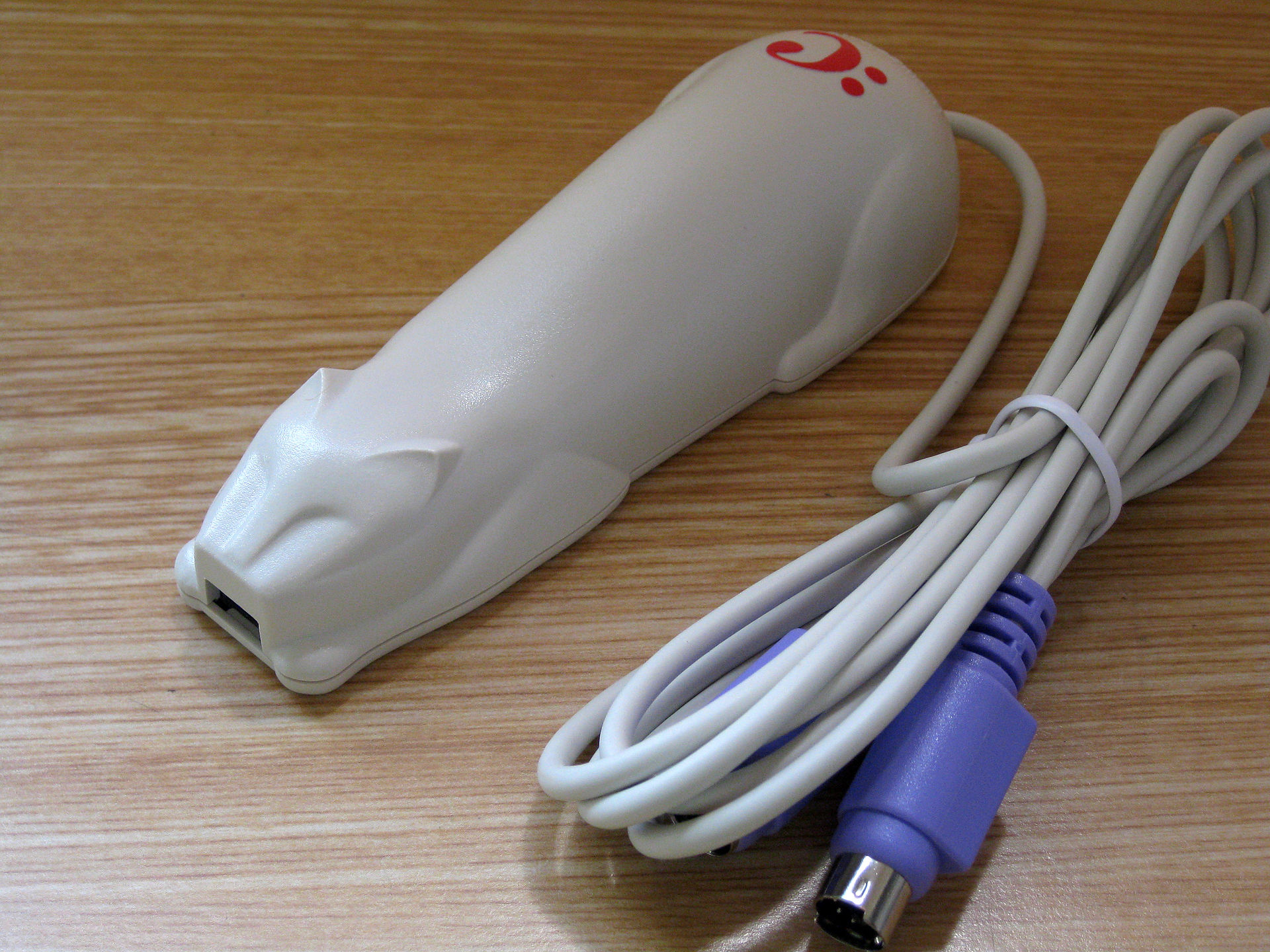
The CueCat was supposed to revolutionize the way people interacted with print media by letting users scan barcodes in magazines to access related online content. In practice, it was a cumbersome gadget that required a computer connection and offered a solution to a problem no one had. Critics were baffled by its design (which resembled a small cat), and it quickly became one of the biggest tech flops of the decade.
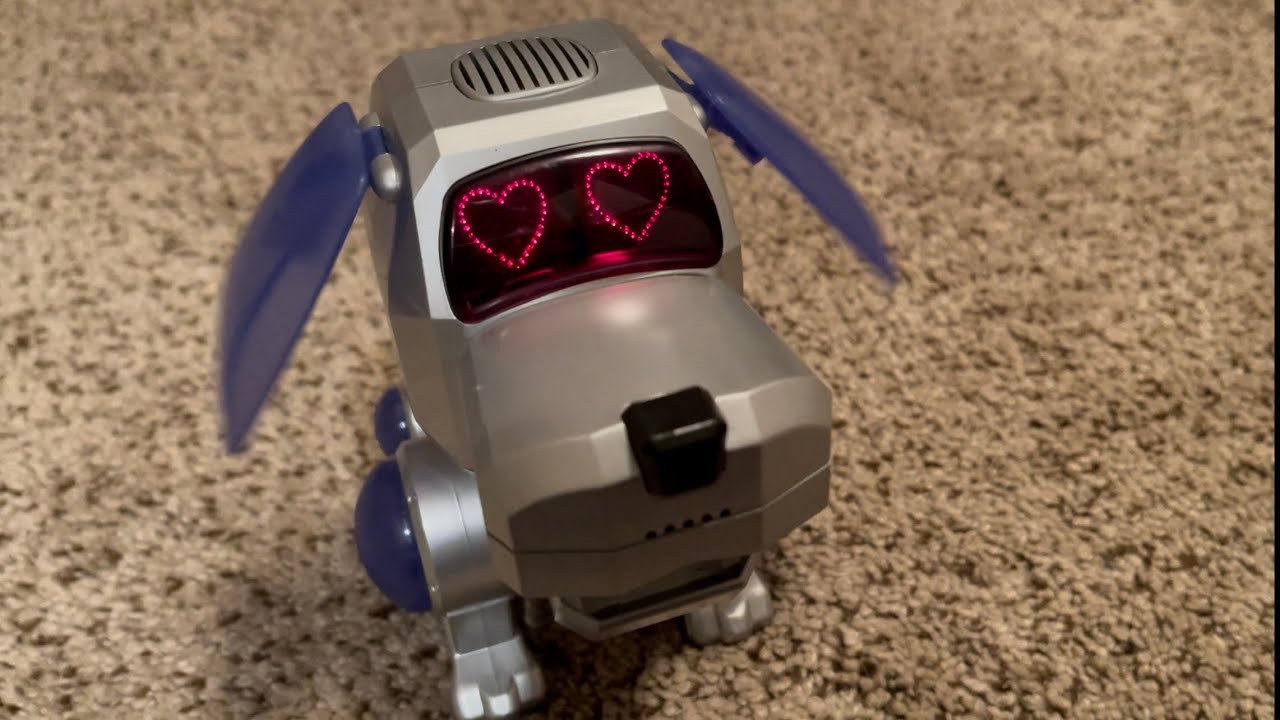
Long before today’s AI-driven robotic pets, there was Poo-Chi, a plastic dog that barked, wagged its tail, and sang songs. While its novelty made it a popular gift for a brief time, its limitations—no real interactivity and repetitive functions—meant it quickly lost its charm. Poo-Chi was the perfect example of 90s tech: cute, flashy, and ultimately forgotten once the novelty wore off.
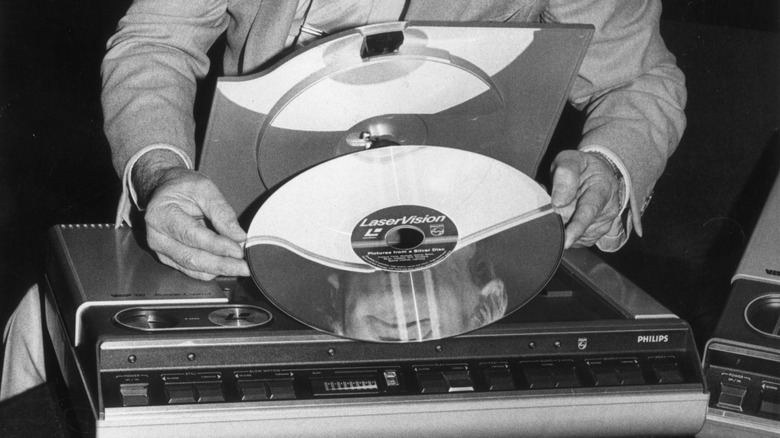
LaserDiscs promised to be the next big thing in home entertainment, offering superior picture quality to VHS. Unfortunately, the giant, vinyl-sized discs were expensive, required specialized players, and couldn’t record. By the time DVDs hit the market, LaserDiscs were obsolete, leaving only a small niche of die-hard fans who appreciated their high-end features. It’s hard to imagine anyone looking at these massive discs and thinking, “Yep, this is the future.”
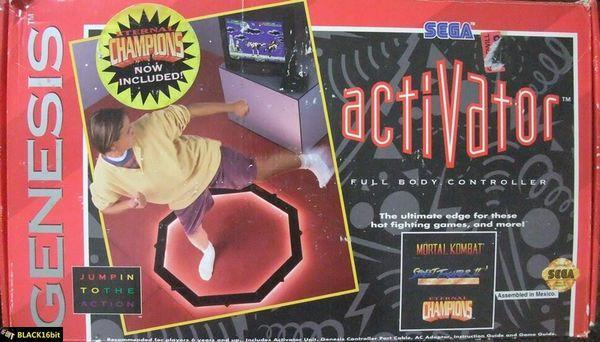
The Sega Activator was an octagonal floor controller that turned players’ body movements into in-game actions. Meant to bring a new level of immersion to fighting games, it was instead frustratingly unresponsive and wildly inaccurate. Players flailed their arms and legs only to have their characters stand still or execute random moves. While motion controls eventually became a reality, the Activator remains a reminder that innovation sometimes needs to simmer before it’s ready.
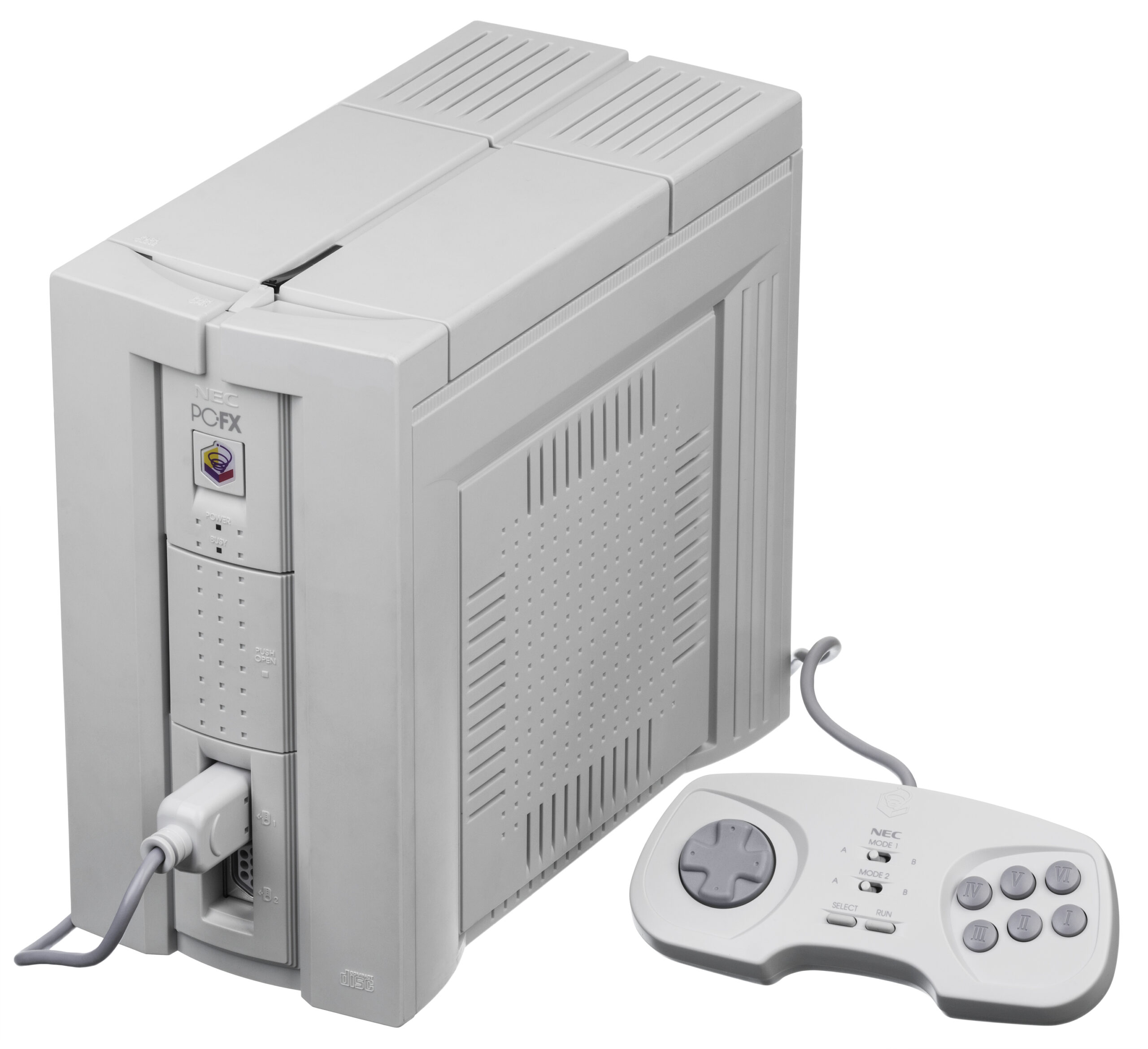
NEC’s PCFX aimed to compete with the PlayStation and Sega Saturn, but its reliance on outdated 2D graphics left it dead on arrival. While it offered a library of anime-style games, it couldn’t keep up with the growing demand for 3D visuals. The console was also exclusive to Japan, further limiting its appeal. It’s a relic of a time when everyone wanted to jump into the gaming market, even if they weren’t ready to compete.

